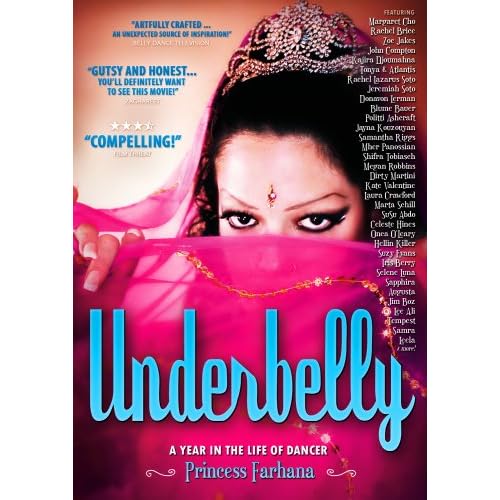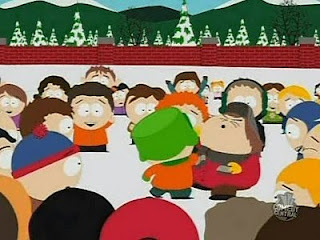I took a documentary film class earlier this year, and along the way saw many incredible films. I gained insight into the importance of documentary filmmaking; into the profound necessity of consuming documentary film. The following essay treats of this insight.
A Draft from 1/26/08:
For Renais, the responsibility for remembering is on all of us. He shows us the bodies. He details the medical experimentation, the arbitrary cruelty. We see all this with our own eyes. It is seared into our memory in graphic detail.
For Lanzmann, it is the responsibility of those who lived through it to remember it, to tell us about it. This may explain why he does not show any archival footage. The oral transmission of this history is vital, as demonstrated by the interview with one of the survivor's dauughters. (As an interesting side note, there is a Jewish Rabbinical tradition of oral history that is as important as the written word of God in the Torah, Talmud, etc. Perhaps Shoah is an extension of this tradition, in some way.)
It could be argued in both cases that Resnais and Lanmann exploit their subjects. Renais doesn't have the right to show the tortured and mutilated bodies, the ghosts of the Holocaust captured on film. Likewise, Lanzmann is irresponsible in his insistence that these people relive the horrors that they were subject to -- and in some cases contributed to. It could be argued that it is unethical to parade these horrors on screen.
I feel that the importance of understanding and knowing what occurred during the Holocaust outweighs any potential harm a movie could do. In truth, the horrors have already occurred. Documenting these horrors, presenting them so that future generations can possess this history on a personal level is the only possible safeguard against such a massive operation of death and degradation ever occurring again. In the case of Night and Fog, we have those images etched in our memory. In the case of Shoah, we add the oral history to our understanding, and perhaps experience just a bit, the catharsis some of the interview subjects obtain.


























